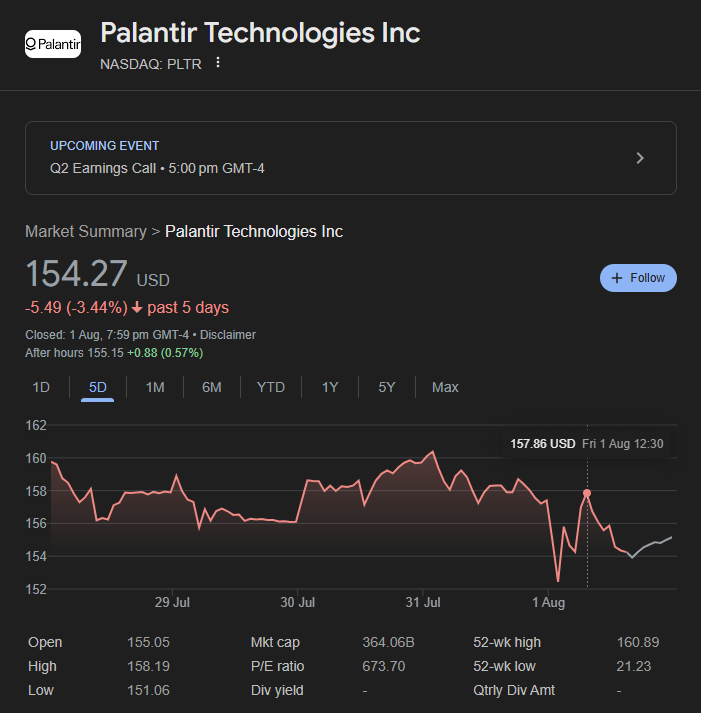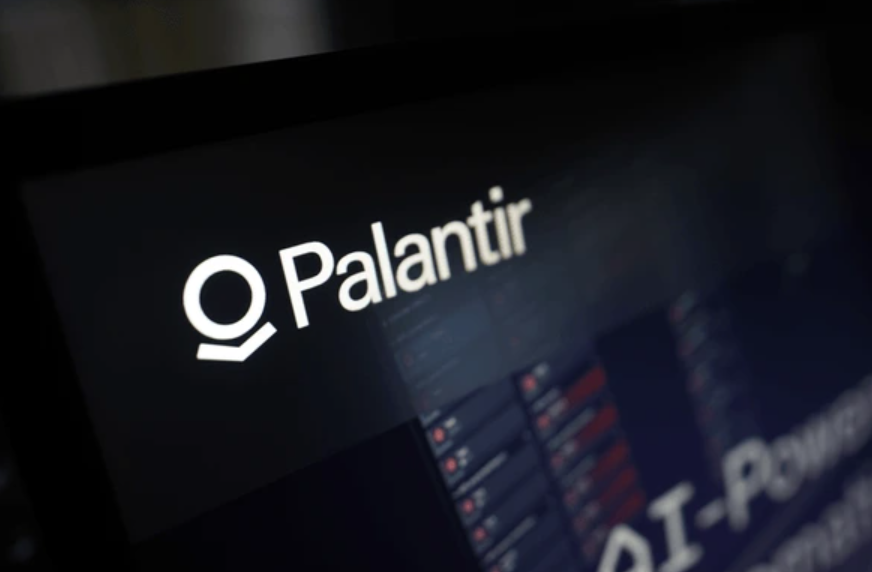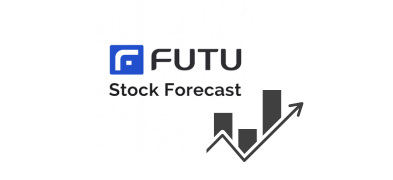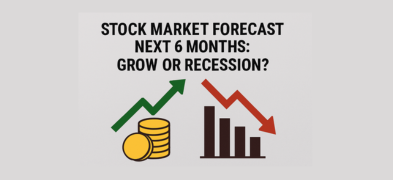Important Information
This website is managed by Ultima Markets’ international entities, and it’s important to emphasise that they are not subject to regulation by the FCA in the UK. Therefore, you must understand that you will not have the FCA’s protection when investing through this website – for example:
- You will not be guaranteed Negative Balance Protection
- You will not be protected by FCA’s leverage restrictions
- You will not have the right to settle disputes via the Financial Ombudsman Service (FOS)
- You will not be protected by Financial Services Compensation Scheme (FSCS)
- Any monies deposited will not be afforded the protection required under the FCA Client Assets Sourcebook. The level of protection for your funds will be determined by the regulations of the relevant local regulator.
Note: Ultima Markets is currently developing a dedicated website for UK clients and expects to onboard UK clients under FCA regulations in 2026.
If you would like to proceed and visit this website, you acknowledge and confirm the following:
- 1.The website is owned by Ultima Markets’ international entities and not by Ultima Markets UK Ltd, which is regulated by the FCA.
- 2.Ultima Markets Limited, or any of the Ultima Markets international entities, are neither based in the UK nor licensed by the FCA.
- 3.You are accessing the website at your own initiative and have not been solicited by Ultima Markets Limited in any way.
- 4.Investing through this website does not grant you the protections provided by the FCA.
- 5.Should you choose to invest through this website or with any of the international Ultima Markets entities, you will be subject to the rules and regulations of the relevant international regulatory authorities, not the FCA.
Ultima Markets wants to make it clear that we are duly licensed and authorised to offer the services and financial derivative products listed on our website. Individuals accessing this website and registering a trading account do so entirely of their own volition and without prior solicitation.
By confirming your decision to proceed with entering the website, you hereby affirm that this decision was solely initiated by you, and no solicitation has been made by any Ultima Markets entity.
I confirm my intention to proceed and enter this websitePalantir Stock Forecast: Is the AI Rally Sustainable in 2025?
Palantir Technologies Inc. (NYSE: PLTR) has dominated headlines in 2025 as one of the best-performing stocks in the S&P 500, driven by explosive demand for its Artificial Intelligence Platform (AIP) and defense tech. With Q2 2025 earnings due on August 4, traders are positioning around key levels, while analysts question whether the rally has gone too far.

What Is the Stock Price of Palantir Stock?
As of August 1, 2025, Palantir closed at $154.27, after falling 3.44% over the past 5 days. In after-hours trading, the stock rebounded slightly to $155.15.
Investors and traders are watching this earnings closely to gauge the strength of its commercial AI growth and ongoing government contract performance.
When Does Palantir Report Earnings?
Palantir reports Q2 2025 earnings on Monday, August 4, 2025, after market close, with a conference call at 5:00 PM ET. Traders will monitor key metrics like revenue, margins, and commercial bookings for signals of sustained growth.

Why Is Palantir Stock Price Up 2025?
Palantir’s rally is fueled by a mix of strong execution and thematic momentum around AI and defense. Here’s why Palantir stock price is up this year:
AI Platform Adoption
Palantir’s AIP is gaining traction across sectors, from logistics to defense, enabling enterprises to deploy LLMs (large language models) for real-world applications. This commercial expansion drove +40% YoY commercial revenue growth in Q1 2025.
Government Contracts
U.S. and NATO defense agencies continue to expand contracts with Palantir, securing long-term revenue visibility. Mitrade reports PLTR has become a “mission-critical” software vendor for military and intelligence operations.
Profitability Milestone
Palantir posted five consecutive quarters of GAAP profitability, shifting its image from a speculative AI play to a fundamentally sound tech leader.
Strategic Buybacks
A $5 billion share repurchase plan in June 2025 added further bullish sentiment and reduced float, supporting price action.
Valuation Warning: Is PLTR Overpriced?
Despite its gains, analysts cited in Mitrade are increasingly cautious. PLTR’s price-to-sales ratio now exceeds 28x, raising red flags about overvaluation.
- Bank of America analysts warn Palantir is “priced for perfection.”
- Barclays maintains a Sell rating, citing stretched valuation and AI hype risk.
- Mitrade notes that PLTR’s valuation “assumes execution without margin for error,” with any earnings miss likely to trigger sharp pullbacks.

Palantir Q2 2025 Earnings Expectations
Wall Street will closely watch Palantir’s Q2 2025 earnings report on August 4, especially after the stock’s massive rally in the first half of 2025. Analysts are now debating whether PLTR’s valuation is justified, with attention turning to the company’s revenue growth, margin expansion, and new AI contracts.
Analyst Expectations:
- Revenue Forecast: Around $755 million–$765 million, a significant year-over-year increase driven by growing government and commercial AI adoption.
- EPS Estimate: Analysts expect earnings per share (EPS) of $0.08–$0.09, reflecting Palantir’s recent move toward profitability.
- Key Metric: Focus is on Commercial revenue growth, especially in the U.S. market, where Palantir is expanding beyond defense.
What Traders & Analysts Are Watching:
| Metric | Why It Matters |
| U.S. Commercial Revenue | High-margin segment that shows how sticky AI demand is |
| Government Contracts | Palantir’s core strength – growth here boosts confidence |
| Adjusted Operating Margin | Indicates scalability of their AI platforms |
| Free Cash Flow | Confirms long-term financial health |
| Customer Count Growth | Indicates PLTR’s network effect & product demand |
Palantir Stock Price Prediction 2025
As investor interest in AI stocks continues to surge, many are asking: What is the Palantir stock price prediction for 2025? Analysts covering Palantir Technologies Inc. (NYSE: PLTR) have provided a wide range of price targets, reflecting both bullish optimism and cautious valuation concerns.
Analyst Forecast Summary
- Average Analyst Price Target (12-month forward): $91.37 – $107.24
- Low Estimate: $40
- High Estimate: $170
- Consensus Rating: Hold (based on 17–23 analysts)
While most analysts target $90–$110, bullish firms expect a breakout toward $160–$170 by late 2025, if growth in AI contracts continues at its current pace.
Why Analysts Are Divided on Palantir Stock
- Bullish Case:
Wedbush and Piper Sandler have issued price targets between $155 and $170, citing Palantir’s strong positioning in government AI, expanding commercial contracts, and edge in defense-related AI deployments. - Recent multi-billion-dollar contracts, including the $10B TITAN program from the U.S. Army, have strengthened long-term growth outlooks.
- Palantir’s profitability streak — six straight quarters of GAAP net income — further supports bullish momentum.
Bearish Concerns:
- Bearish analysts argue that Palantir’s valuation is stretched, trading at P/E above 600 and Price-to-Sales (P/S) over 28x, well above sector norms.
- Some firms like Goldman Sachs and Citigroup have issued more conservative price targets between $40 and $80, warning of overhyped AI narratives and limited near-term earnings leverage.
Is Palantir Stock a Buy Now?
- For long-term investors: Palantir’s leadership in AI and defense makes it a high-growth opportunity, though valuation risk exists.
- For traders: Wait for earnings results before committing. Setup favors defined-risk breakout or reversion trades.
Conclusion
Palantir continues to deliver strong growth across commercial and government sectors. But the stock’s high valuation demands near-perfect execution.
With Q2 earnings on August 4, 2025, traders should prepare for volatility and have a strategy ready. A beat could push PLTR to $175+, while a miss may test $133–135 support.
Palantir’s setup ahead of earnings is a textbook case for momentum trading and volatility plays. For live coverage and AI trade ideas, visit Ultima Markets.
Disclaimer: This content is provided for informational purposes only and does not constitute, and should not be construed as, financial, investment, or other professional advice. No statement or opinion contained here in should be considered a recommendation by Ultima Markets or the author regarding any specific investment product, strategy, or transaction. Readers are advised not to rely solely on this material when making investment decisions and should seek independent advice where appropriate.












